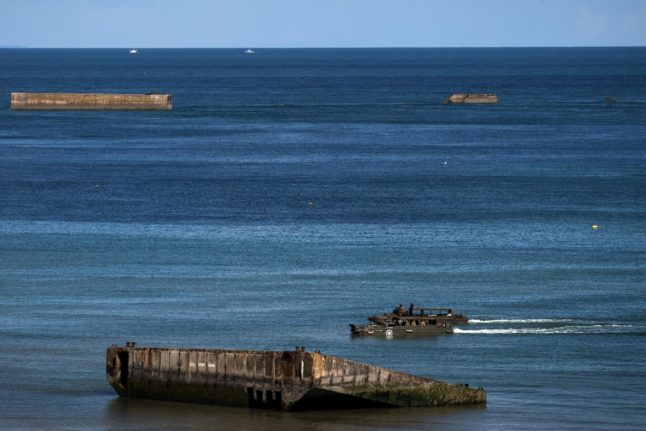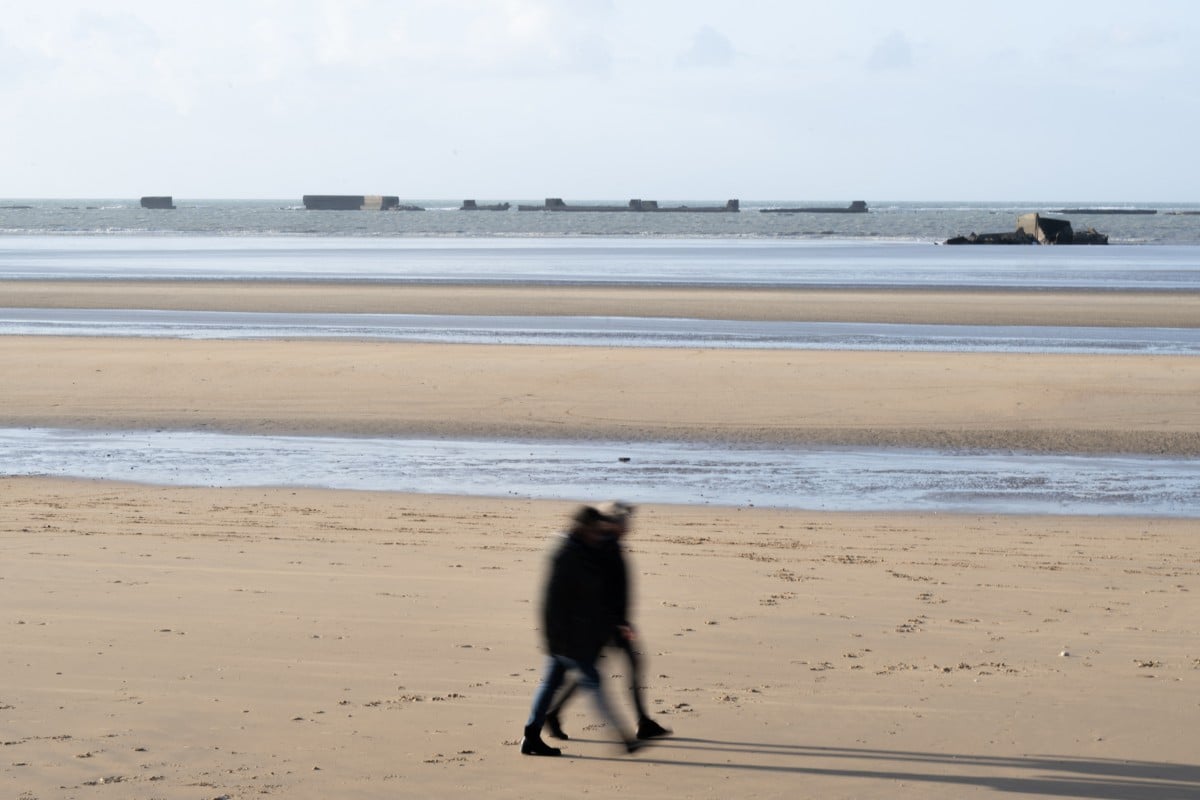Monday saw red heat warnings for 15 départements on the west of the country and dozens of towns recorded their highest ever temperatures.
The mercury hit 39.3C in Brest on the Atlantic coast in the far northwest of the country compared with a previous record of 35.1C from 2002.
Saint-Brieuc on the Channel coast sizzled in 39.5C compared with a previous record of 38.1C, while western Nantes recorded 42C, beating a previous high of 40.3C set in 1949.
Parmi les records absolus de températures très largement battus ce lundi (données provisoires à 17h) 👇
• Lanmeur : +4,3 °C
• Brest : +4,2 °C
• La Roche-sur-Yon : +2,6 °C
• Saint-Nazaire : +2,3 °C
• Cholet : +2,1 °C
• Cazaux : +1,8 °C
• Nantes : +1,7 °Cetc. #canicule https://t.co/LVgSEO2Ovu
— Nicolas Berrod (@nicolasberrod) July 18, 2022
READ ALSO
- How to keep your pets safe in hot weather
- How to keep your home cool during a heatwave
- Eat sufficient meals and shut the shutters – French government advice for a heatwave
- When is it legally too hot to work in France
- Which Paris Metro lines have air con and which are hotter than hell?
The all-time high temperature recorded in mainland France dates to 2019 when the southern village of Verargues, north-east of Montpellier, experienced 46C, this was not broken although large parts of the rest of France saw temperatures over 40C on Monday.
The west coast, especially the north west, is usually one of the cooler areas of the country but this time was not spared by the heat.
Tuesday
Overnight from Monday to Tuesday the temperature did not drop below 25C anywhere, making for some sticky and uncomfortable nights, but from Tuesday morning the temperature will start to drop.
The drop will begin in the west, where temperatures are expected to fall sharply – 15C-20C in just a couple of hours. Further east, including Paris, temperatures will stay very high – above 40C – until Tuesday evening.
Overnight Tuesday there is a risk of stormy showers as the temperature falls suddenly.
Wednesday onwards
Rain showers, some heavy and with thunder, are likely on Wednesday but from Wednesday onwards temperatures will be back to seasonal norms – 25C-30C in the north and 30C-35C in the south.
Fires
The intense heatwave has already caused multiple forest fires in France and elsewhere, and some farmers have taken to working at night to minimise the risk of a spark from their harvesting equipment starting a fire that destroys their crops.
Firefighters are still battling to control two massive wildfires in Gironde, south west France, where an area the size of Paris has already burned. Thousands of locals and tourists have been evacuated as the fires continue to rage.
Incendies en Gironde : le feu arrive sur la plage de la Lagune à La Teste-de-Buch. Il a franchi la D218. Les pompiers parlent d'une "attaque massive" https://t.co/H33GOgn1L0 pic.twitter.com/JUoxtoTQz4
— Sud Ouest Bordeaux (@SO_Bordeaux) July 17, 2022




 Please whitelist us to continue reading.
Please whitelist us to continue reading.
Member comments